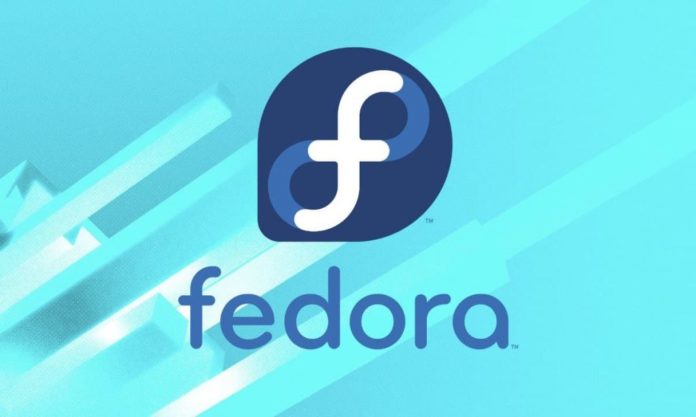The Fedora Project has finally released Fedora 36, the most recent version of the distribution. Fedora 36 comes with software for a wide range of applications. The amount of storage, memory, and computing power required varies depending on the application. A high-traffic database server, for example, necessitates far more memory and storage than a business PC, which, in turn, necessitates far more than a single-purpose virtual machine. Here’s a rundown of the OS’s new features and enhancements:
Upgraded GNOME Desktop
The new Fedora release includes the most recent version of GNOME 42, which includes significant performance and UX improvements. Many famous Linux apps have been updated to GTK 4 for improved appearance, and two new apps, Text Editor and Console, have been added.
Wayland is now enabled by default for Nvidia proprietary drivers. In terms of graphics fidelity, it provides better hardware acceleration. Input event handling has been optimised, resulting in reduced input latency and improved system responsiveness under stress. Fedora 36’s general look has been revamped thanks to GNOME 42’s rounder and more evenly placed components. The top bar is no longer rounded, and all of the symbol icons have been redesigned.
Universal Dark Mode
Fedora 36 includes a brand-new dark mode that applies a dark theme to any apps that support it. For a more consistent user experience, the wallpapers come with dark mode options. The dark theme looks great, minimises eye strain, and helps your gadgets last longer, especially if you’re using an OLED screen. By heading to Settings > Appearance, you may make dark mode the default.
A New Screenshot Menu
To improve the user experience and simplify things, the screenshot interface has been modified. By default, pressing the Print Screen key does not save the current screen. Instead, a new menu appears, allowing you to save the full screen, a single window, or a rectangle selection.
To perform all of this before, you had to manually open the Screenshot app. From this new option, you can now select to reveal or hide the mouse pointer. What’s more fascinating is that the new menu allows you to not only snap screenshots but also record your screen.
Updated Core Apps
The switch to GNOME 42 brings a number of improvements to Fedora’s core applications. Many of them have been ported to GTK 4 and implement GNOME’s Human Interface Guidelines using the libadwaita widget package. Files, for example, lets you organise files by date of creation and includes visual enhancements like a customizable head bar and a renaming interface. The Software screen now includes additional information regarding app upgrades, and the Settings interface has been updated. Gedit has been replaced as the default text editor by Text Editor, a new GTK-4 app. If you like, you can still look for and install Gedit.
General Improvements and Other Updates
Fedora 36 includes Ansible 5, the most recent version of the program. The engine is split into two parts: the ansible-core component and the collections packages. Cockpit now has a module for managing NFS and Samba shares, making network file sharing easier. Podman 4.0, Golang 1.18, PHP 8.1, and Ruby 3.1 are among the latest programming tools available to developers.
It’s always exciting to see mainstream distributions release new software. Fedora 36 appears to be an intriguing version in general. The full notice contains more information about the modifications. It can be downloaded from here.












































































